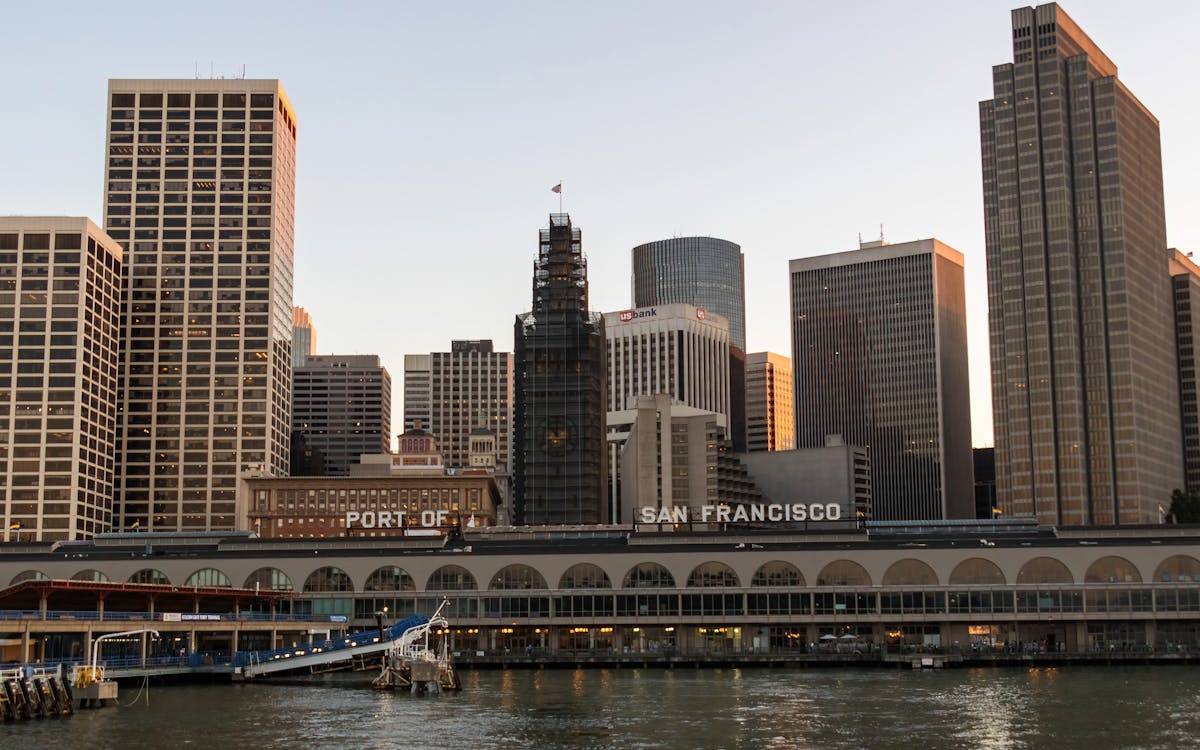Bay in Bloom: Local Efforts to Regrow the Ecosystem
Bay in Bloom: Local Efforts to Regrow the Ecosystem
Blog Article

Why Restoration Matters More Than Ever in the Bay Area
Over the last few years, the San Francisco Bay has actually weathered the impact of urban expansion, commercial growth, and environment modification. When teeming with wildlife and lavish marshes, a lot of the bay's natural communities have been fragmented or weakened. Yet in the middle of these difficulties, something exceptional is happening: local homeowners, volunteers, and grassroots efforts are leading a wave of environmental reconstruction that's bringing new life back to the Bay.
Restoration isn't nearly planting trees or tidying up garbage, though those initiatives are essential. It's about reconstructing the foundations of life, from marsh lawns that sustain fish baby rooms to coastline buffers that guard against flooding. And in this region, the power of community involvement is turning the tide extremely genuinely.
From Marshland to Miracle: The Return of Native Habitats
One of one of the most noticeable modifications taking place in the Bay Area is the re-emergence of native environments. Marshes that were when drained or paved over are being rehydrated and replanted. Lawns and bushes indigenous to the area are being cultivated by area teams, who frequently rely on regional volunteers to aid grow seed startings and take care of controlled growing events.
These native plants do more than add greenery to the landscape. They provide refuge to migratory birds, pollinators, and little creatures, producing pockets of biodiversity amid active metropolitan zones. As these environments broaden, so does the environmental wellness of the Bay itself. When local residents take time out of their weekends to get their hands in the soil, they're not simply growing-- they're taking part in the reconstruction of a living, breathing ecosystem.
The Role of Education in Fostering Environmental Stewards
Education plays an important part in why these community-led efforts are working so well. Schools, neighborhood facilities, and not-for-profit teams are arranging hands-on understanding experiences where individuals of every ages can comprehend the science and importance of remediation. These programs typically bring people one-on-one with concerns like erosion, pollution, and water level increase-- topics that can really feel abstract up until they're seen up close.
When someone sees the fragile balance of a tidewater or discovers how a solitary plant types can filter toxins from the water, the worth of that understanding becomes individual. And with that understanding comes the inspiration to act. Restoring ecosystems ends up being less of a duty and more of a goal. This deep connection to regional spaces is what establishes the Bay Area apart and gas the long-lasting success of these initiatives.
Utilizing the Digital World to Drive Real-World Change
Surprisingly, the push to recover the Bay's communities isn't taking place in isolation from the digital globe. Modern technology is ending up being an effective device in rallying support, spreading recognition, and connecting neighborhoods. Whether via citizen science apps that track indigenous varieties or neighborhood online forums arranging reconstruction events, the online area is enhancing boots-on-the-ground activity.
Over the last few years, also local outreach techniques have advanced. For example, a social media marketing agency in the Bay Area may support ecological projects by assisting volunteers magnify their effect, tell their tales, and influence others to get involved. These electronic touchpoints have the power to transform a small weekend break cleaning into a regional activity just by letting individuals understand it's happening-- which it matters.
Email Campaigns That Inspire and Inform Local Change-Makers
One more digital approach making a substantial difference is e-mail communication. Updates concerning repair events, seasonal planting efforts, and contribution drives are typically shared via very carefully crafted newsletters that strike an equilibrium between being insightful and inspiring. It's not unusual for a well-timed campaign try these out from an email marketing agency in San Francisco to bring a rush of volunteers or donations to a job in need.
These e-mail projects aren't just transactional-- they're transformative. By informing clients about the direct effect their participation has, they support long-term engagement. Visitors involve seem like stakeholders in the health of their region, and that emotional connection equates to lasting dedication.
The Unseen Work of Connecting Data, Communities, and Nature
Behind every effective reconstruction project lies a complex web of coordination. There's research to understand what habitats need most, community feedback to shape comprehensive strategies, and follow-up surveillance to ensure success. This kind of ongoing initiative often requires not simply heart, yet information, method, and communication.
That's where the support of a digital marketing company in the Bay Area can make a quiet yet vital difference. By helping companies build solid digital systems, gather understandings, and fine-tune their messaging, these teams make it possible for neighborhood teams to scale their effect. The outcome is a much more linked and effective movement, where every activity counts, and everyone feels like they're component of something bigger.
The Power of People in Preserving the Bay's Future
If there's one point the Bay Area has confirmed, it's that remediation does not have to start with large organizations or massive budget plans. It can begin with one next-door neighbor pulling weeds from a path, one pupil planting a native seedling, or one family members showing up to a coastline cleaning. These small actions build up, especially when they're supported by wise approaches and shared with the wider area.
There's something distinctly hopeful regarding seeing the trends transform-- both figuratively and essentially-- for nature. The Bay is much from fully brought back, however it's being restored day after day through the persistence and care of those who call this place home. With each marsh rebuilt and each native types secured, we're not simply bring back ecological communities-- we're imagining what's feasible when areas lead with objective.
Maintain following this blog site for even more stories on regional modification, neighborhood effect, and the ways you can be part of safeguarding the natural beauty that surrounds us.
Report this page